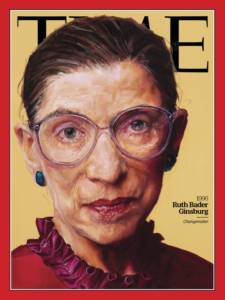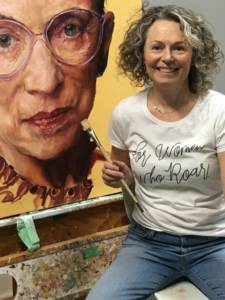Art the catalyst to knowledge
by our Director of Innovation and Impact, Yann Mathias (follow Yann here)
In a world where the visual stimulus is abundant and second nature, Art must take a key stage to inspire self-enrichment.
Curiosity is a catalyst to knowledge and art a key inspirational trigger that encourages its audience to dive deeper into a wide range of topics and therefore a powerful educational vehicle. Education is a fascinating word that deserves more than a simple definition. In 1978 John Dewey wrote: “Education is all one with growing; it has no end beyond itself”. (Education is everything along with growth; education itself has no final destination behind him).
While many argue that art cannot be defined, Art is a component of culture, reflecting economic and social substrates in its design. It transmits ideas and values inherent in every culture across space and time. Its role changes through time, acquiring more of an aesthetic component here and a socio-educational function there. Throughout history, art has always been paired with education. From science, history, geography to literature, artists have brought to life complex topics, far away lands, and captured the human body’s magical makeup with the clear intent of sharing their knowledge and inspiring future generations.

Da Vinci was a man of many talents from arts to science to everything in-between. In the ‘Vitruvian Man’ (above) the artist explores the idea of proportion, in a work that is part art and part mathematical diagram, conveying the Old Master‘s belief that ‘everything connects to everything else.’
Art is an international language that defies frontiers, cultural and social differences. It inspires, challenges and, in many cases, engages its audience to dive deeper into the subject matter. It is a catalyst to knowledge, a gateway to self-enrichment. It is widely accepted that Art does convey important insights into the way we order and understand the world.
Shana Wilson’s portraits of trailblazing women from all walks of life all have in common the ability to inspire and create social change. One of her most famous paintings is of Ruth Bader Ginsburg, the former Associate Justice of the Supreme Court of the United States, the second woman to ever do it and an advocate for gender equality.
The democratisation and increased accessibility of art is sparking learning to a more general audience than before. Public art is also playing a crucial role in the impact that art has on communities by engaging its audience at a grass-roots level offering inspirational visual and intellectual stimulation outside of the traditional institution and gallery and therefore creating more inclusive conversations across all members of our societies.
Digital Art and the age of layered knowledge such as augmented and virtual reality are new tools enabling an audience to experience artwork in truly immersive manners. Technology is opening doors into a new realm of artistic consumption. As Art communicates, powerfully, not only what we know and propose, but often, almost magically, it allows us to refer to what we do not know. The gamification of education powered by technology is making knowledge not only more accessible but more engaging to learners.
The urban artist Saype created the biggest public artwork under the Tour Eiffel, a 15 000 square meter biodegradable painting which is part of the international project ‘Beyond Walls’. Saype’s main goal is to democratise the access to culture and let a wider audience enjoy the power of art.
Ania Catherine and Dejha Ti are a multimedia artist duo exploring the sociological and political consequences of our relationship with technology and shedding light on the complex ways we engage with it.





